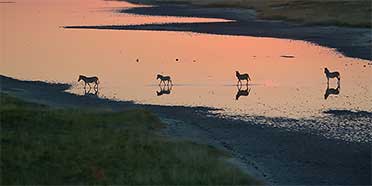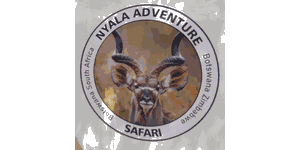
Safari Tours to Makgadikgadi Pans NP
-
![9-Day All Lodge, Victoria Falls to Okavango(Mokoro)]()
9-Day All Lodge, Victoria Falls to Okavango(Mokoro)
$4,455 pp (USD)
Botswana & Zimbabwe: Private tour
Mid-range Lodge & Tented CampYou Visit: Victoria Falls (Start), Victoria Falls town (Victoria Falls), Kasane (Town), Chobe Riverfront (Chobe NP), Elephant Sands, Makgadikgadi Pans NP, Maun (City), Okavango Delta, Maun (End)

Nyala Mobile Safaris
5.0/5 – 9 Reviews
-
![10-Day Botswana Wildlife & Birdwatching]()
10-Day Botswana Wildlife & Birdwatching
$18,799 to $26,999 pp (USD)
Botswana: Private tourLuxury+Tented Camp & Tented Bush Camp
You Visit: Maun (Start), Makgadikgadi Pans NP, Okavango Delta, Maun Airport (End)

Wayfairer Travel
4.8/5 – 184 Reviews
-

7-Day Botswana Safari - Okavango Delta to Salt Pans
$21,375 pp (USD)
Botswana: Private tourLuxuryLodge & Tented Camp
You Visit: Maun (Start), Makgadikgadi Pans NP, Okavango Delta, Maun (End)

Viatu
4.9/5 – 93 Reviews

 Botswana Parks
Botswana Parks















